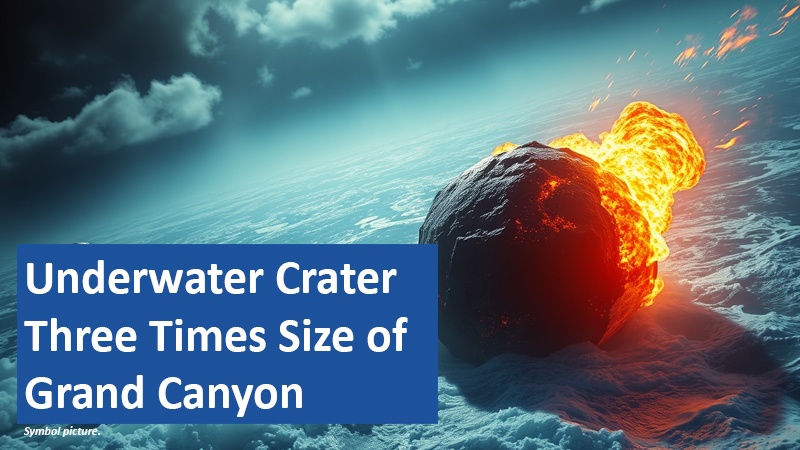
Scientists have discovered a massive underwater crater beneath the Chesapeake Bay that is three times the size of the Grand Canyon. This ancient impact crater, formed by an asteroid that struck the ocean off the East Coast of North America approximately 35 million years ago, provides new insights into the immense forces that have shaped the Earth’s surface. The crater offers valuable clues about Earth’s early history.
Now exclusively try Amazon Prime and Prime Video free for 30 days!
A Colossal Find
The asteroid impact left behind a massive crater and caused widespread devastation, including massive fires, powerful earthquakes, and a tsunami that reshaped the landscape of what is now Virginia and Maryland. The crater created by this asteroid impact measures approximately 25 miles in diameter, making it one of the largest known impact craters in the United States.
Geological Evidence
Analysis of the ejected debris, which stretched across an area of more than 4 million square miles—a region nearly ten times the size of Texas—allowed researchers to piece together the timeline and intensity of the event. The ejected debris formed the North American tektite strewn field, which stretches across approximately 4 million square miles. This scattered material cooled rapidly upon contact with seawater, and much of it settled on the ocean floor, preserving a detailed record of the event.
Dating Techniques
To refine the understanding of the asteroid impact and its global effects, researchers applied advanced dating techniques to the materials collected from the impact site. The team, led by Marc Biren from Arizona State University, used uranium-thorium-helium dating to establish a more precise timeline for when the materials were ejected, as well as how they cooled and settled.
Significance of Research
The study of this crater has provided scientists with new tools for investigating the effects of asteroid impacts on the Earth’s surface, shedding light on how such events can cause widespread destruction and leave lasting marks on the planet’s landscape. These findings are critical not only for understanding the timing of the event but also for the broader field of impact event studies, as they shed light on how similar asteroid strikes might have impacted Earth’s geological and biological history.
This event provides clear implications for Earth’s history and its evolution.
As research continues, what further insights into our planet’s past might future research at this and similar sites reveal? Write in the comments.
Based on content from www.dailygalaxy.com and own research.